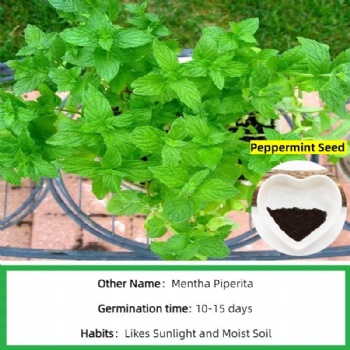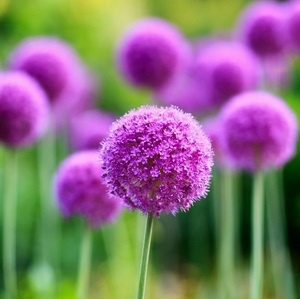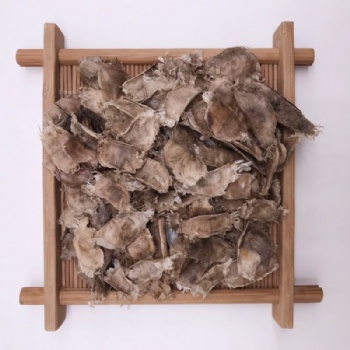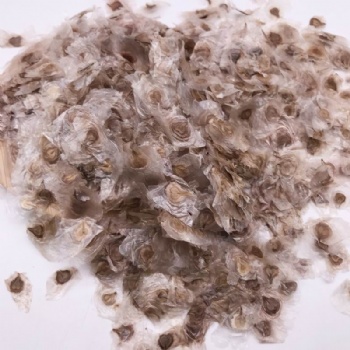News
Radix bupleuri seeds
Bupleurum, a genus of plants within the Apiaceae family, has been a cornerstone in traditional medicine systems, particularly in Traditional Chinese Medicine (TCM), for thousands of years. Its long - standing use and rich pharmacological properties have attracted significant attention from both traditional healers and modern scientific researchers.

Botanical Characteristics
Bupleurum species are mainly herbaceous plants. They typically have slender, erect stems that can reach varying heights, usually between 30 to 100 centimeters. The leaves are alternate, simple, and often linear - lanceolate in shape, with parallel venation. The small, yellow - colored flowers are arranged in umbels, a characteristic inflorescence structure of the Apiaceae family. These plants are widely distributed across Asia, Europe, and North Africa, thriving in a variety of habitats such as grasslands, mountainsides, and along roadsides.
Historical Use in Traditional Medicine
In TCM, Bupleurum has a history dating back over 2,000 years. It is one of the most frequently used herbs in TCM formulas. The classic TCM text "Shennong Ben Cao Jing" (The Divine Farmer's Materia Medica) first recorded its medicinal properties. Bupleurum is highly regarded for its ability to soothe the liver, regulate qi (the body's vital energy), and relieve exterior - related symptoms.
For example, in the famous formula "Xiao Chai Hu Tang" (Minor Bupleurum Decoction), Bupleurum is the chief herb. This formula has been used to treat a range of conditions, including fevers, alternating chills and fever, fullness in the chest and hypochondrium, and loss of appetite. It is also used to address emotional - stress - related disorders in TCM, as the liver in TCM theory is closely associated with emotions, and Bupleurum's action of soothing the liver helps to regulate emotional imbalances.
Chemical Constituents
Modern chemical analysis has revealed that Bupleurum contains a diverse range of chemical compounds. The most notable ones are triterpenoid saponins, known as bupleurins. These saponins are considered the main bioactive components responsible for many of Bupleurum's pharmacological effects. Additionally, Bupleurum contains flavonoids, volatile oils, and polysaccharides. The flavonoids, such as saikosaponins, contribute to its antioxidant and anti - inflammatory properties, while the volatile oils may play a role in its aroma - therapeutic and some mild sedative effects.
Pharmacological Effects
Safety and Precautions
Although Bupleurum is generally considered safe when used appropriately, like any herbal medicine, it has some precautions. High - dose or long - term use may cause side effects such as nausea, vomiting, and diarrhea in some individuals. Also, people with certain medical conditions, such as gallbladder obstruction or severe liver failure, should use Bupleurum - containing products under the close supervision of a healthcare provider.
In conclusion, Bupleurum is a remarkable herb with a long - standing history in traditional medicine and promising pharmacological properties. Its potential in treating various diseases, combined with its relatively mild side - effect profile when used correctly, makes it an important subject of further research in the field of complementary and alternative medicine.
If you have demands of the seeds, please contact me freely.
Categories
Contact Us
- +86-18055849900
- +86-18055849900
- admin@high-key.cn
- +86-18055849900





 售前客服
售前客服
